
Discovering Las Mercedes: The Heartbeat of Asuncion
Explore Las Mercedes in Asuncion, Paraguay: A neighborhood where colonial charm meets modern vibrance, offering a perfect blend of history, culture, and local cuisine.
Las Mercedes, nestled in the vibrant capital city of Asuncion, Paraguay, is a neighborhood that captures the essence of both traditional charm and modern allure. Known for its friendly atmosphere and rich cultural tapestry, Las Mercedes offers tourists an authentic experience of Paraguayan life. Stroll through its picturesque streets, where colonial architecture meets contemporary design. The neighborhood is brimming with local eateries, charming cafes, and boutique shops, offering a delightful blend of old and new. Tourists can savor traditional Paraguayan dishes like sopa paraguaya and chipa, while sipping on a refreshing tereré, the national drink. Las Mercedes is also home to several green spaces and parks, perfect for a leisurely afternoon walk or a relaxing picnic. The area's vibrant markets are a must-see, providing a glimpse into the daily lives of the locals and offering an array of handmade crafts and fresh produce. As evening falls, the neighborhood comes alive with music and dance, reflecting the lively spirit of Asuncion's residents. Whether you're exploring its historical landmarks, indulging in local cuisine, or simply soaking in the warm, welcoming atmosphere, Las Mercedes is a destination that promises a memorable and enriching experience for every traveler.
Local tips in Las Mercedes
- Visit the local markets early in the morning for the freshest produce and handmade crafts.
- Wear comfortable shoes as the best way to explore Las Mercedes is on foot.
- Don't miss trying tereré, the traditional Paraguayan drink, especially on a hot day.
- Carry cash as some smaller shops and eateries might not accept credit cards.
- Evenings in Las Mercedes are lively with local music and dance; join in to experience the local culture.
Discovering Las Mercedes: The Heartbeat of Asuncion
Las Mercedes, nestled in the vibrant capital city of Asuncion, Paraguay, is a neighborhood that captures the essence of both traditional charm and modern allure. Known for its friendly atmosphere and rich cultural tapestry, Las Mercedes offers tourists an authentic experience of Paraguayan life. Stroll through its picturesque streets, where colonial architecture meets contemporary design. The neighborhood is brimming with local eateries, charming cafes, and boutique shops, offering a delightful blend of old and new. Tourists can savor traditional Paraguayan dishes like sopa paraguaya and chipa, while sipping on a refreshing tereré, the national drink. Las Mercedes is also home to several green spaces and parks, perfect for a leisurely afternoon walk or a relaxing picnic. The area's vibrant markets are a must-see, providing a glimpse into the daily lives of the locals and offering an array of handmade crafts and fresh produce. As evening falls, the neighborhood comes alive with music and dance, reflecting the lively spirit of Asuncion's residents. Whether you're exploring its historical landmarks, indulging in local cuisine, or simply soaking in the warm, welcoming atmosphere, Las Mercedes is a destination that promises a memorable and enriching experience for every traveler.
Iconic landmarks you can’t miss
Plaza Uruguaya
Discover the beauty and history of Plaza Uruguaya, a lush urban park in Asunción perfect for relaxation, culture, and local experiences.
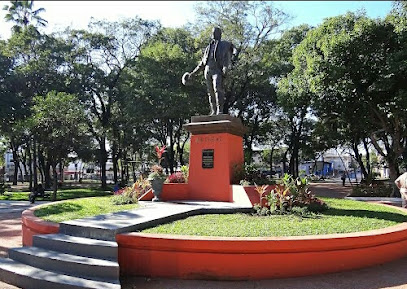
Centro Cultural Manzana de la Rivera
Discover the rich tapestry of Paraguayan history and contemporary art at the Centro Cultural Manzana de la Rivera in Asunción, a vibrant cultural hub.
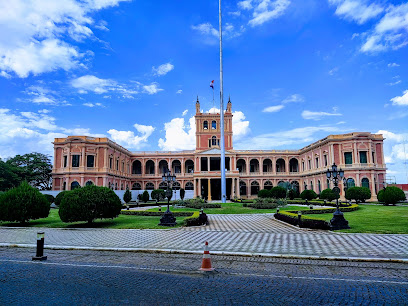
National Pantheon of Heroes
Explore the National Pantheon of Heroes in Asunción, where Paraguay's historical legacy and cultural essence come to life in a breathtaking architectural masterpiece.

Independence House Museum
Explore Paraguay's rich history at the Independence House Museum, a key historical landmark and tourist attraction in Presidente Franco.
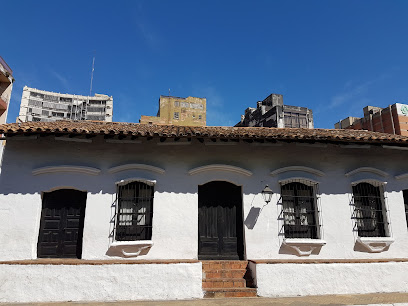
Catedral Metropolitana de Nuestra Señora de la Asunción
Discover the architectural beauty and historical significance of Catedral Metropolitana de Nuestra Señora de la Asunción in the heart of Asunción, Paraguay.
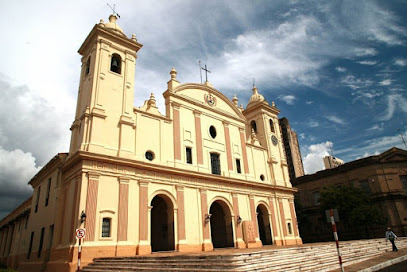
Museo del Barro
Explore the heart of Paraguayan culture at Museo del Barro, where traditional and contemporary art come together in a stunning display.

Palacio de López
Discover the grandeur of Palacio de López, a historical landmark and government office in Asunción, showcasing stunning architecture and rich Paraguayan heritage.

Icono Tower
Experience the breathtaking views and vibrant culture at Icono Tower, Asunción's modern architectural marvel and a must-visit tourist attraction.
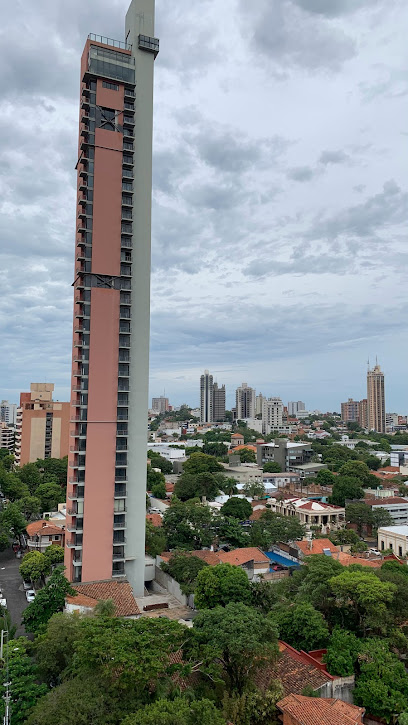
Centro De Actividades Parroquia Las Mercedes (Ex Templo)
Discover the rich cultural heritage and serene atmosphere at Centro De Actividades Parroquia Las Mercedes in Asunción, Paraguay.
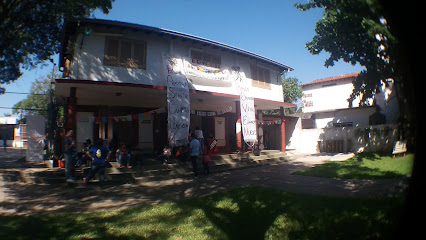
LAS MERCEDES
Experience top-notch event planning and the vibrant culture of Asunción at Las Mercedes, the perfect venue for your memorable celebrations.
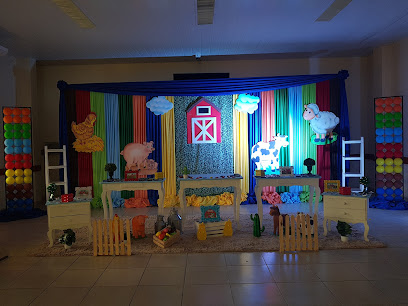
Casa Mercedes
Discover the warmth of Paraguayan hospitality at Casa Mercedes, your cozy retreat in the vibrant heart of Asunción, perfect for all travelers.

barrio LAS MERCEDES
Experience tranquility in the heart of Asunción at Barrio Las Mercedes, a beautiful garden perfect for relaxation and nature appreciation.

Plaza de las Mercedes
Discover the vibrant Plaza de las Mercedes in Asunción, a hub of culture and history perfect for relaxation and exploration.

Plaza Las Mercedes
Discover the vibrant culture and community spirit at Plaza Las Mercedes, the heart of San Lorenzo, Paraguay, where local life meets tradition.

Plaza las Mercedes
Discover the tranquil beauty of Plaza las Mercedes, a serene park in Asunción perfect for relaxation, picnics, and outdoor activities amidst nature.

Unmissable attractions to see
Costanera de Asunción
Explore the stunning Costanera de Asunción, a picturesque waterfront park ideal for relaxation, local culture, and breathtaking views of the Paraguay River.
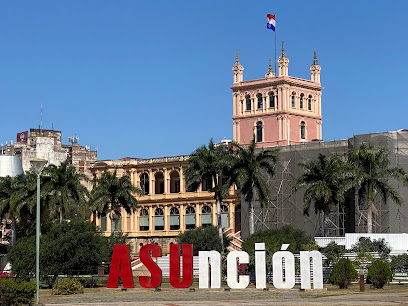
Ñu Guasú - Humberto Rubín Park
Experience the tranquility and beauty of Ñu Guasú Park, a perfect spot for relaxation, recreation, and family fun in Luque, Paraguay.
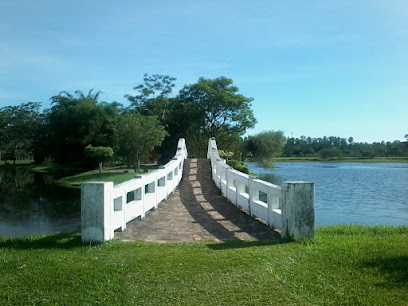
Health's Park
Discover the beauty of Health's Park, an urban oasis in Asunción, Paraguay, perfect for relaxation, recreation, and cultural exploration.
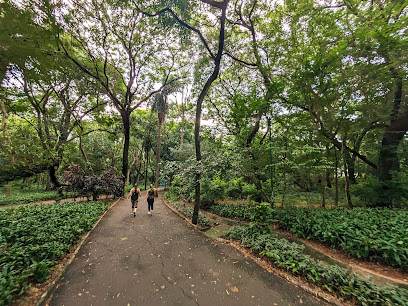
Plaza de la Democracia
Discover Plaza de la Democracia, a vibrant cultural park in Asunción, where beauty, history, and community converge in a stunning natural setting.
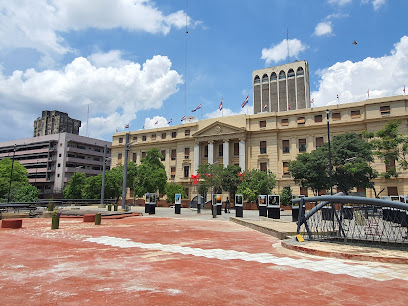
Escalinata José de Antequera y Castro
Explore the historical beauty and scenic views at Escalinata José de Antequera y Castro in Asunción, a must-visit tourist attraction.

Ecológico Park
Explore Ecológico Park, a serene urban escape in Fernando de la Mora, perfect for family outings, picnics, and nature walks amidst stunning landscapes.
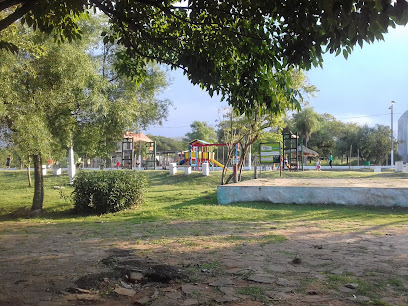
Playa de la Costanera
Experience the beauty of Playa de la Costanera, a must-visit waterfront destination in Asunción offering stunning views and vibrant local culture.

Mirador Ita Pyta Punta, Asunción
Experience breathtaking views of Asunción and the Paraguay River at Mirador Ita Pyta Punta, your ultimate observation deck destination.

Conjunto Escultórico de Asunción
Explore the Conjunto Escultórico de Asunción, a captivating open-air sculpture gallery that celebrates Paraguay's rich artistic heritage and cultural spirit.
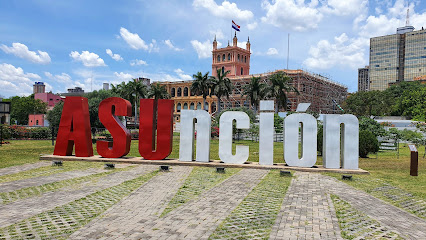
Essential places to dine
Bar San Miguel
Discover Bar San Miguel in Asunción: A charming restaurant and espresso bar offering authentic Paraguayan cuisine and delightful coffee experiences.
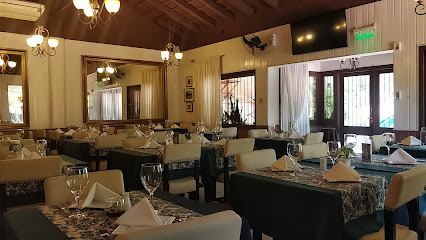
Ña Eustaquia
Experience authentic Paraguayan cuisine at Ña Eustaquia in Asunción – a culinary journey through tradition and flavor.
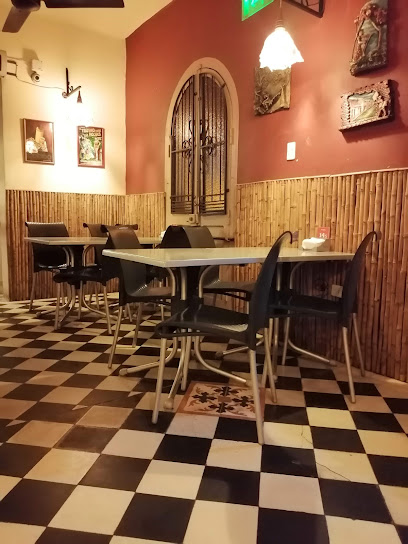
El Arriero Parrillitas LAS MERCEDES
Experience authentic Paraguayan cuisine at El Arriero Parrillitas in Asunción - where every bite tells a story.
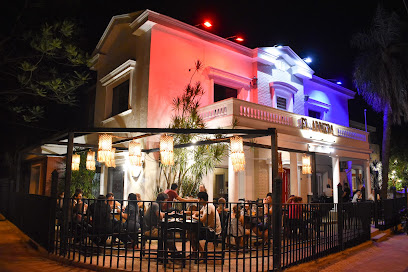
Terraza de Berges
Discover authentic Paraguayan flavors at Terraza de Berges, where every dish tells a story of tradition and passion.

Rainbowl Slow food
Experience authentic Paraguayan flavors at Rainbowl Slow Food in Asunción—where fresh ingredients meet culinary passion.
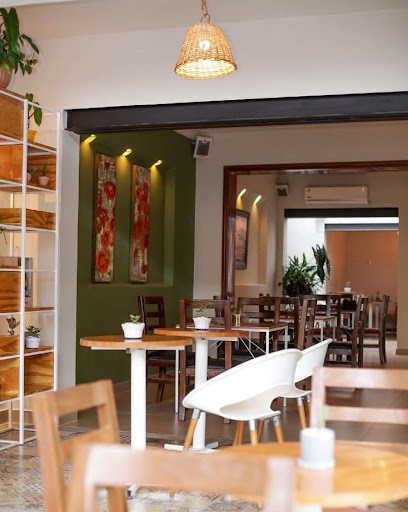
LOMIFULL - Las Mercedes
Experience vibrant flavors at Lomifull - Las Mercedes; Asunción's go-to spot for delicious fast food delights.
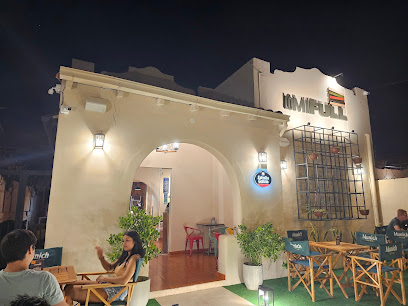
La Huerta - Las Mercedes
Discover La Huerta in Asunción - A Health Food Paradise Offering Fresh Flavors and Nutritious Dishes for Every Palate.
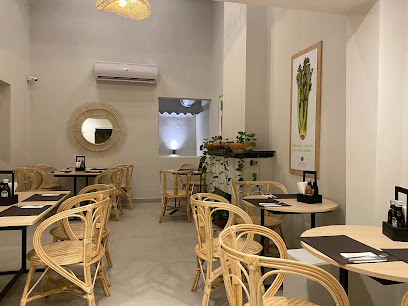
Las Mercedes Diner
Discover the vibrant flavors at Las Mercedes Diner in Asunción – where local cuisine meets warm hospitality for an unforgettable dining experience.

ASU GUSTÓ
Discover authentic Paraguayan flavors at ASU GUSTÓ in Asunción – where culinary tradition meets inviting hospitality.

Santa Mercedes
Discover the rich flavors of authentic Paraguayan pizza at Santa Mercedes in Asunción - where every bite tells a story.

Markets, malls and hidden boutiques
La Herencia Mercado Boutique
Discover La Herencia Mercado Boutique, where local flavors and artisanal products come together in the heart of Asunción for an unforgettable culinary experience.
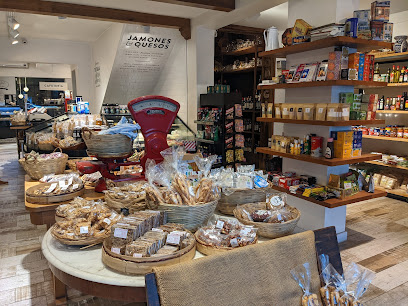
Minishop Cesarito
Explore the vibrant culture of Paraguay at Minishop Cesarito, your destination for unique souvenirs and local artisanal products.

Paseo Las Mercedes
Explore the vibrant Paseo Las Mercedes, a shopping mall in Paraguay that offers a diverse range of shops, dining, and entertainment for all ages.

Minimarket Las Mercedes
Explore Minimarket Las Mercedes in Asunción for an authentic shopping experience, featuring local flavors and a vibrant atmosphere.
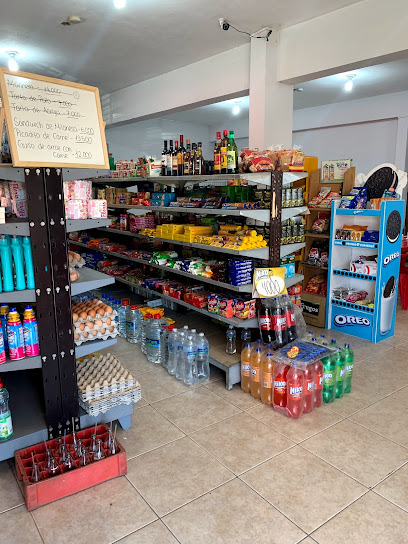
PELUSA El Taller
Explore PELUSA El Taller in Asunción for unique gifts and authentic religious items that capture the spirit of Paraguay's rich culture.
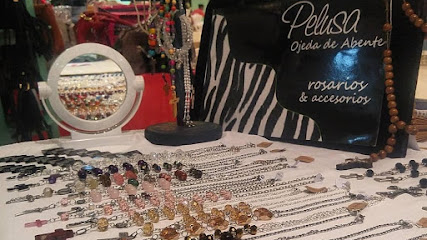
ÑA RULA COMERCIAL&BODEGA
Explore the essence of Paraguay at ÑA RULA COMERCIAL&BODEGA, where unique local gifts and crafts await every traveler.
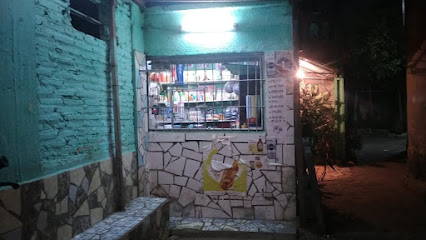
Princess Boutique
Experience the charm of Paraguayan fashion at Princess Boutique, where unique finds and local craftsmanship come together in a delightful shopping experience.
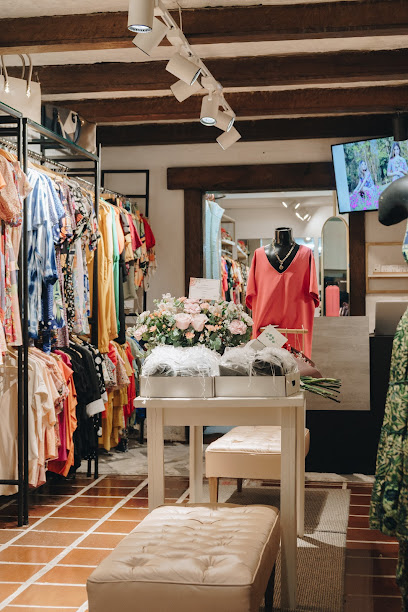
Familia Garcia
Discover unique Paraguayan artisan products at Familia Garcia, a must-visit store in the heart of Asunción.

MACOM Paraguay
Explore the vibrant fashion landscape at MACOM Paraguay, where local artistry meets contemporary style in Asunción.

Las dolis
Experience the essence of Asunción's culinary scene at Las Dolís, where local flavors and fresh produce await every visitor.

Essential bars & hidden hideouts
Territorio Chopp Las Mercedes
Experience the vibrant nightlife and extensive drink selection at Territorio Chopp Las Mercedes, a must-visit bar in Asunción, Paraguay.
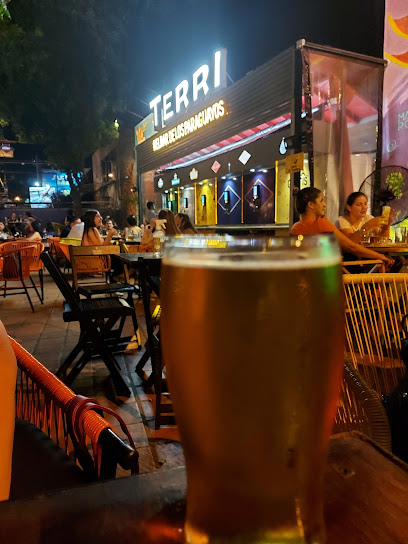
El Bosque de los Artistas de Hermann Guggiari
Discover El Bosque de los Artistas de Hermann Guggiari, a vibrant bar in Asunción blending art, culture, and a lively nightlife atmosphere.
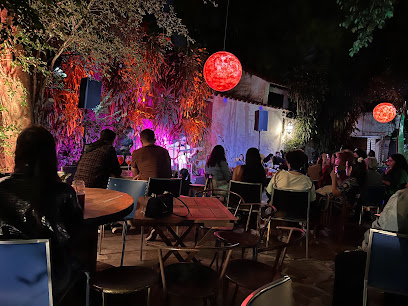
Die Mannschaft Las Mercedes
Experience the vibrant nightlife at Die Mannschaft Las Mercedes, Asunción's top bar known for its diverse drinks and lively atmosphere.
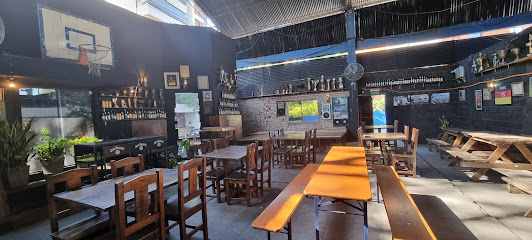
Sacramento Las Mercedes
Discover Sacramento Las Mercedes, a vibrant bar in Asunción, Paraguay, perfect for enjoying local drinks and lively nightlife.
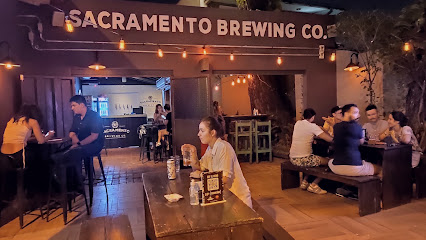
BOHO Café & Bar
Discover the vibrant nightlife of Asunción at BOHO Café & Bar, where creative cocktails meet a lively atmosphere.
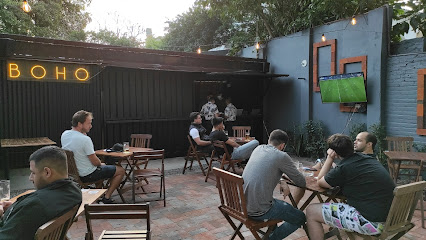
FACTORY
Discover the vibrant nightlife of Asunción at FACTORY, a lively bar offering innovative cocktails and a friendly atmosphere.

Trabudega
Discover Trabudega, Asunción's lively bar offering a unique blend of traditional and innovative drinks in a captivating atmosphere.

Keiv
Experience the vibrant nightlife of Asunción at Keiv, where delightful drinks and a lively atmosphere await every visitor.

Rincón del sabor
Experience the authentic flavors of Paraguay at Rincón del Sabor, a vibrant bar in Asunción offering traditional dishes and local beverages.
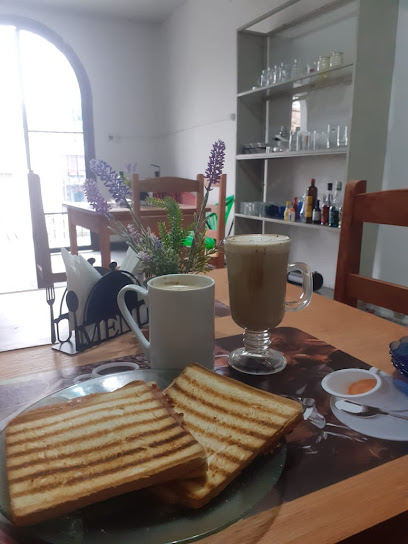
Parkin sala
Discover the vibrant nightlife of Asunción at Parkin Sala, where lively ambiance meets delicious drinks in a local favorite bar.

Local Phrases
-
- Hello¡Hola!
[O-la] - Goodbye¡Adiós!
[Ah-dee-ohs] - YesSí
[See] - NoNo
[Noh] - Please/You're welcomePor favor/De nada
[Por fah-vor/Deh nah-dah] - Thank youGracias
[Grah-see-ahs] - Excuse me/SorryPerdón/Disculpa
[Pair-dohn/Dees-kool-pah] - How are you?¿Cómo estás?
[Koh-moh ehs-tahs] - Fine. And you?Bien. ¿Y tú?
[Byen. Ee too] - Do you speak English?¿Hablas inglés?
[Ah-blahs een-gles] - I don't understandNo entiendo
[Noh ehn-tee-ehn-doh]
- Hello¡Hola!
-
- I'd like to see the menu, pleaseMe gustaría ver el menú, por favor
[Meh goo-stah-ree-ah vehr ehl meh-noo, por fah-vor] - I don't eat meatNo como carne
[Noh koh-moh kahr-neh] - Cheers!¡Salud!
[Sah-lood] - I would like to pay, pleaseMe gustaría pagar, por favor
[Meh goo-stah-ree-ah pah-gar, por fah-vor]
- I'd like to see the menu, pleaseMe gustaría ver el menú, por favor
-
- Help!¡Ayuda!
[Ah-yoo-dah] - Go away!¡Vete!
[Veh-teh] - Call the Police!¡Llama a la policía!
[Yah-mah ah lah poh-lee-see-ah] - Call a doctor!¡Llama a un médico!
[Yah-mah ah oon meh-dee-koh] - I'm lostEstoy perdido/a
[Ehs-toy pair-dee-doh/ah] - I'm illEstoy enfermo/a
[Ehs-toy ehn-fehr-moh/ah]
- Help!¡Ayuda!
-
- I'd like to buy...Me gustaría comprar...
[Meh goo-stah-ree-ah kohm-prar] - I'm just lookingSolo estoy mirando
[Soh-loh ehs-toy mee-rahn-doh] - How much is it?¿Cuánto cuesta?
[Kwan-to kwehs-tah] - That's too expensiveEso es demasiado caro
[Eh-so ehs deh-mah-syah-doh kah-ro] - Can you lower the price?¿Puedes bajar el precio?
[Pweh-des bah-har ehl pree-syoh]
- I'd like to buy...Me gustaría comprar...
-
- What time is it?¿Qué hora es?
[Keh oh-rah ehs] - It's one o'clockEs la una
[Ehs lah oo-nah] - Half past (10)Media (10)
[Meh-dee-ah (diez)] - MorningMañana
[Mah-nyah-nah] - AfternoonTarde
[Tahr-deh] - EveningNoche
[Noh-cheh] - YesterdayAyer
[Ah-yehr] - TodayHoy
[Oy] - TomorrowMañana
[Mah-nyah-nah] - 1Uno
[Oo-noh] - 2Dos
[Dohs] - 3Tres
[Tres] - 4Cuatro
[Kwah-troh] - 5Cinco
[Seen-koh] - 6Seis
[Says] - 7Siete
[Syeh-teh] - 8Ocho
[Oh-choh] - 9Nueve
[Nweh-veh] - 10Diez
[Dee-ehz]
- What time is it?¿Qué hora es?
-
- Where's a/the...?¿Dónde está...?
[Dohn-deh ehs-tah] - What's the address?¿Cuál es la dirección?
[Kwahl ehs lah dee-rehk-syohn] - Can you show me (on the map)?¿Puedes mostrarme (en el mapa)?
[Pweh-des mohs-trar-meh (ehn ehl mah-pah)] - When's the next (bus)?¿Cuándo es el próximo (colectivo)?
[Kwan-doh ehs ehl proh-ksee-moh (koh-lehk-tee-voh)] - A ticket (to ....)Un boleto (a ...)
[Oon boh-leh-toh (ah ...)]
- Where's a/the...?¿Dónde está...?
History of Las Mercedes
-
Las Mercedes, a neighborhood in Asuncion, has its origins in the colonial era when the Spanish established settlements in Paraguay during the 16th century. The area became a hub for agricultural activities and was characterized by its colonial architecture, which reflected the Spanish influence on the region. As the capital of Paraguay, Asuncion, including Las Mercedes, played a critical role in the country's early governance and development.
-
The War of the Triple Alliance (1864-1870), one of the bloodiest conflicts in South America, had significant repercussions for Las Mercedes and Asuncion. The neighborhood was affected by military mobilizations and the devastation that followed the war. Many buildings were destroyed, and the population was drastically reduced. The aftermath of the war led to a long process of reconstruction and a shift in the social and economic dynamics of the area.
-
In the 20th century, Las Mercedes saw a cultural revival, as art and music flourished in Paraguay. The establishment of local cultural centers and the promotion of traditional Paraguayan music contributed to a vibrant community identity. The neighborhood became known for its artistic expressions, including the popular polka and guarania music styles, which were celebrated in local festivals and gatherings.
-
During the late 20th and early 21st centuries, Las Mercedes underwent significant urban development. The government initiated various infrastructure projects aimed at modernizing the neighborhood while preserving its historical character. The introduction of public parks, improved transportation links, and revitalized public spaces has made Las Mercedes a more attractive area for residents and tourists alike, blending modernity with tradition.
-
Today, Las Mercedes is known for its lively cultural scene that reflects the diverse influences of its history. The neighborhood hosts art galleries, cultural festivals, and community events that celebrate Paraguayan traditions. The presence of local artisans and craftspeople contributes to the neighborhood's unique charm, making it a focal point for cultural tourism in Asuncion.
Las Mercedes Essentials
-
Las Mercedes is well-connected to other neighborhoods in Asuncion. You can reach this neighborhood via taxi or rideshare services like Uber from the city center, which typically takes around 15 to 20 minutes. Public transportation options, including buses, also connect Las Mercedes to key areas, with various routes available from downtown Asuncion.
-
Las Mercedes is best explored on foot, especially since many attractions are nearby. Bicycles can be rented from local shops, and there are bike lanes along main roads. Public buses are available, but they can be less frequent, so be mindful of the schedules. Taxis and rideshares are recommended for longer distances or late-night travel.
-
While Las Mercedes is generally safe, tourists should remain vigilant. Avoid walking alone at night, especially in poorly lit areas. Certain spots, like the outskirts near the river, have reported higher crime rates. Keep valuables secure and be cautious when using public transport, as petty theft can occur.
-
In case of an emergency, dial 911 for police or medical assistance. The nearest hospital is Hospital de Clínicas, which offers emergency services. It’s advisable to have travel insurance that covers medical emergencies. For minor health issues, local pharmacies are available for over-the-counter medications.
-
Fashion: Do dress modestly and comfortably for the climate, particularly in religious sites. Don't wear overly revealing or offensive clothing. Religion: Do respect local customs and be polite when visiting churches. Public Transport: Do offer your seat to the elderly and pregnant women. Don’t eat or drink on buses. Greetings: Do greet people with a friendly smile and a handshake. Eating & Drinking: Do try local street food and accept invitations to share meals. Don’t waste food, as it's considered disrespectful.
-
To experience Las Mercedes like a local, visit the neighborhood markets to sample fresh produce and traditional dishes. Engage with local vendors, who are often eager to share their knowledge about the area. Take part in community events or festivals if available, as they provide a vibrant look into local culture. For a unique experience, explore the nearby parks for leisurely strolls or picnics.
Trending Landmarks in Las Mercedes
-
Plaza Uruguaya
-
Centro Cultural Manzana de la Rivera
-
National Pantheon of Heroes
-
Independence House Museum
-
Catedral Metropolitana de Nuestra Señora de la Asunción
-
Museo del Barro
-
Palacio de López
-
Icono Tower
-
Centro De Actividades Parroquia Las Mercedes (Ex Templo)
-
LAS MERCEDES
-
Casa Mercedes
-
barrio LAS MERCEDES
-
Plaza de las Mercedes
-
Plaza Las Mercedes
-
Plaza las Mercedes
Nearby Cities to Las Mercedes
-
Things To Do in Aregua
-
Things To Do in San Bernardino
-
Things To Do in Ypacarai
-
Things To Do in Villarrica
-
Things To Do in Carmen del Parana
-
Things To Do in Encarnacion
-
Things To Do in Hernandarias
-
Things To Do in Foz do Iguaçu
-
Things To Do in Puerto Iguazú
-
Things To Do in Tacuarembó
-
Things To Do in San Miguel de Tucumán
-
Things To Do in Salta
-
Things To Do in Tarija
-
Things To Do in Fray Bentos
-
Things To Do in Rosario








